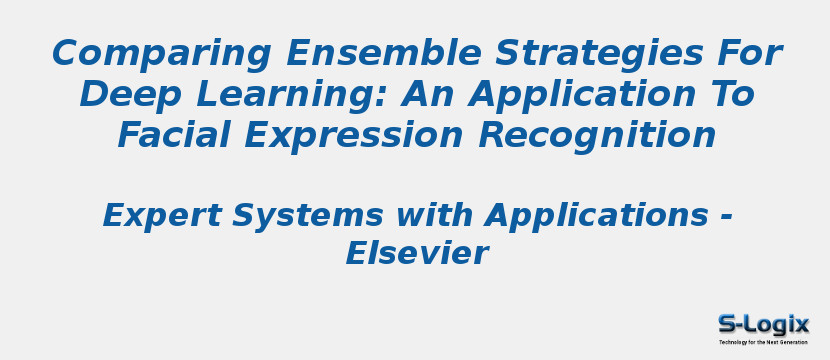Research Area: Machine Learning
Recent works have shown that Convolutional Neural Networks (CNNs), because of their effectiveness in feature extraction and classification tasks, are suitable tools to address the Facial Expression Recognition (FER) problem. Further, it has been pointed out how ensembles of CNNs allow improving classification accuracy. Nevertheless, a detailed experimental analysis on how ensembles of CNNs could be effectively generated in the FER context has not been performed yet, although it would have considerable value for improving the results obtained in the FER task. This paper aims to present an extensive investigation on different aspects of the ensemble generation, focusing on the factors that influence the classification accuracy on the FER context. In particular, we evaluate several strategies for the ensemble generation, different aggregation schemes, and the dependence upon the number of base classifiers in the ensemble. The final objective is to provide some indications for building up effective ensembles of CNNs. Specifically, we observed that exploiting different sources of variability is crucial for the improvement of the overall accuracy. To this aim, pre-processing and pre-training procedures are able to provide a satisfactory variability across the base classifiers, while the use of different seeds does not appear as an effective solution. Bagging ensures a high ensemble gain, but the overall accuracy is limited by poor-performing base classifiers. The impact of increasing the ensemble size specifically depends on the adopted strategy, but also in the best case the performance gain obtained by involving additional base classifiers becomes not significant beyond a certain limit size, thus suggesting to avoid very large ensembles. Finally, the classic averaging voting proves to be an appropriate aggregation scheme, achieving accuracy values comparable to or slightly better than the other experimented operators.
Keywords:
Author(s) Name: Alessandro Renda, Marco Barsacchi, Alessio Bechini, Francesco Marcelloni,
Journal name: Expert Systems with Applications
Conferrence name:
Publisher name: Elsevier
DOI: 10.1016/j.eswa.2019.06.025
Volume Information: Volume 136, 1 December 2019, Pages 1-11
